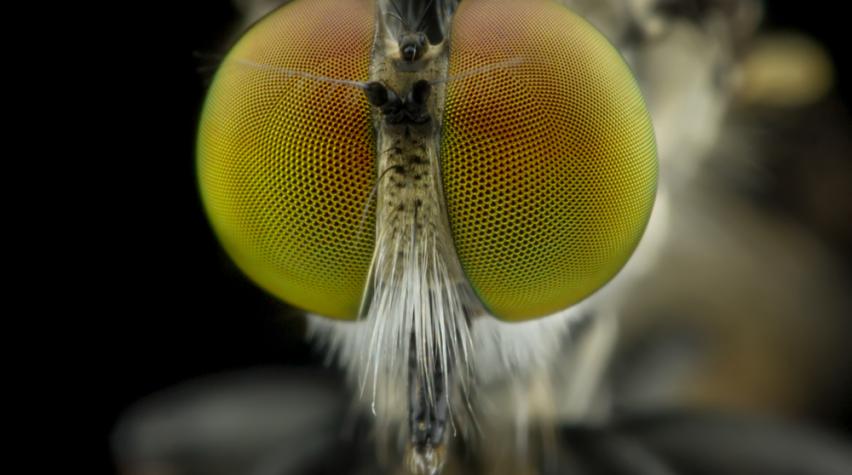
Inspired by insects’ compound eyes, researchers at Stanford University have developed a new solar cell that could open the doors to a new generation of advanced photovoltaics.
The new cell uses low-cost perovskites to convert sunlight into electricity. The design uses a multi-cell structure similar to an insect's compound eye to protect the fragile material and prevent deterioration from heat, moisture, and mechanical stress.
Protecting fragile perovskite
This new design was necessary because perovskites are incredibly fragile and not suitable for typical planar solar cell designs.
The intricate honeycomb-like structure of an insect’s eye inspired the researchers because while each cell in the structure is fragile, the overall structure of many cells creates stability. In addition, structural damage is very localized and doesn’t affect the entire solar cell when it is made from a collection of many hundreds of micro-cells.
Testing durability
The researchers tested their creating for durability, exposing the perovskite cells to temperatures of 85°C and 85% relative humidity for six weeks. The cells continued to function at relatively high rates of efficiency.
The team continues to look for more ways they can optimize their creation. To learn more about their work, see the team’s news release as well as their published findings in Energy & Environmental Science.


